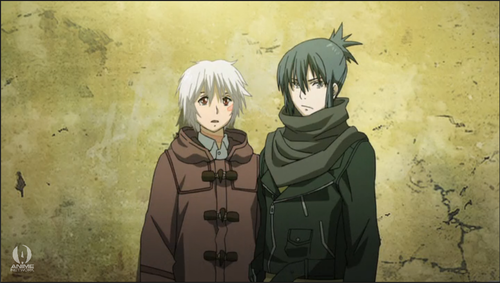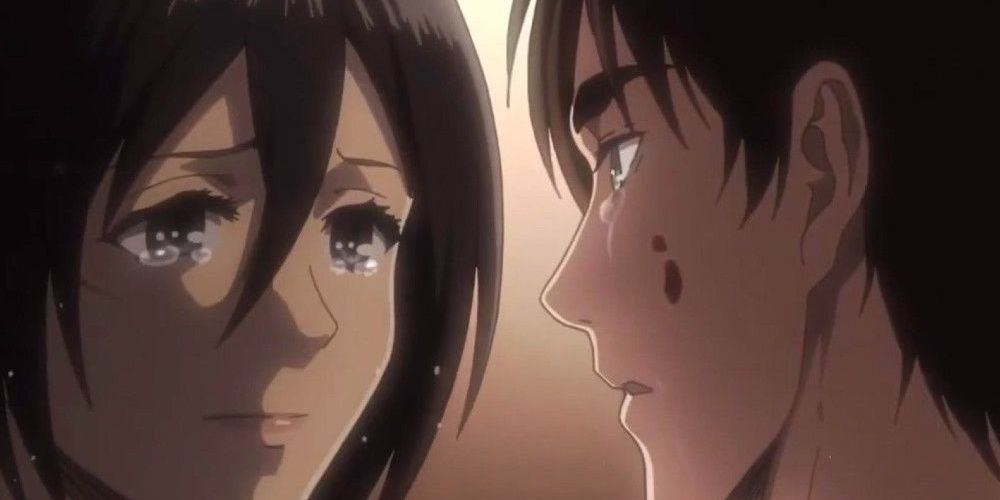

Unfortunately, the romance subplot itself tends to be shallow and underdeveloped, existing only because the audience expects the hero to have a healthy love life. Homo-, bi-, and asexuality still remain somewhat controversial subjects in this day and age, so establishing that a character is in a relationship with the opposite or same sex is sometimes used as a more roundabout way of enforcing Have I Mentioned I Am Heterosexual Today? (or more rarely Have I Mentioned I Am Gay?) and thereby avoid alienating (or in some cases directly appeal to) certain demographics.

Meanwhile, more cynical voices will claim that the romance is merely there to make absolutely sure that audience knows what canon sexuality the given character has. What better to draw females to theaters than with a few tender scenes inserted here and there in an action or disaster movie? Or to titillate the males in the audience with a Green-Skinned Space Babe hanging around the hero? Or vice versa? The reasons behind this are understandable: love is often quoted to be universal, and directors and producers want to cater to the largest demographic possible. Especially blatant when the setting or premise of the plot leaves little room for romance, such as after the Apocalypse or in the land of racing cars and guns. When a romantic subplot is tacked onto a work with little relation to the overall story. Daffy Duck commenting on some deleted scenes from Looney Tunes: Back in Action


 0 kommentar(er)
0 kommentar(er)
